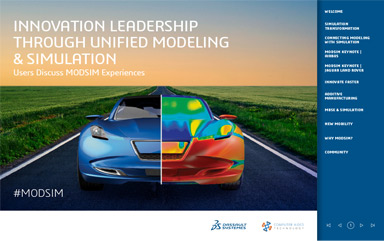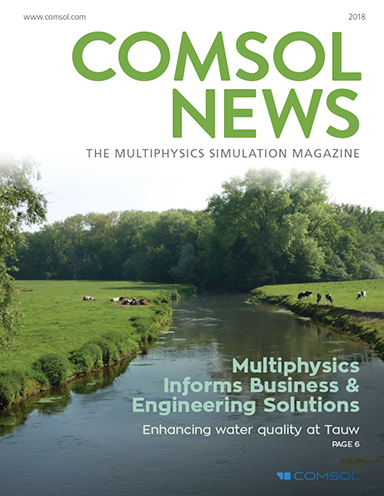Latest News
July 19, 2018
MSC Software Corporation, simulation software and services provider, announced the new release of Marc 2018 focused to further improve specific industry workflows, particularly for rubber and seal modeling. Additionally, the release provides advancements in contact analysis, multiphysics simulations, convergence control, solver interoperability, all tuned in for efficiency and quality.
Following are some highlights of the release.
Marc 2018 provides coupled simulation techniques to calculate the resulting temperatures and study the self-heating behavior of viscoelastic materials under cyclic loading. The process makes it easy to capture the interaction of thermal and harmonic effects and examine “what if” scenarios.
The company introduces an additional damage model called Ogden-Roxburgh that provides engineers with another efficient and accurate method to predict the degradation process of rubbers that undergo cyclic loading. The new damage model has more flexibility in experimental data fitting.
Marc and Mentat 2018 provide an automated contact detection method that enables engineers to quickly generate or modify contact tables based on the proximity of Meshed Bodies. This capability can improve productivity by providing the ability to adjust the model without spending several hours.
Marc 2018 can now use faceted (STL) surfaces directly in a contact analysis. Using this method can improve the fidelity and quality of contact definition as the solver internally uses smooth surface algorithms for rigid contact bodies.
As a multidisciplinary software, Marc 2018 provides advancements for multiphysics simulations to include symmetric and anti-symmetric boundary conditions through both coupled and sequential analyses. Some applications include optimization of gear teeth hardening through induction heating process.
Marc 2018 has a new convergence check that verifies equilibrium on a per node basis. The forces resulting from internal elements, contacts and external loads are monitored for each node and compared to a user defined convergence tolerance: epsilon. The secondary convergence check is designed to reduce the amount of increments and improve the accuracy of results.
Use the software to accurately predict the real-world behavior of rubber materials, easily manage analysis of multi-level assemblies, and address induction heating problems, all in a fully comprehensive and efficient workflow, the company reports.
Sources: Press materials received from the company.
More Hexagon MSC Software Coverage
For More Info
Subscribe to our FREE magazine, FREE email newsletters or both!
Latest News
About the Author
DE’s editors contribute news and new product announcements to Digital Engineering.
Press releases may be sent to them via [email protected].






